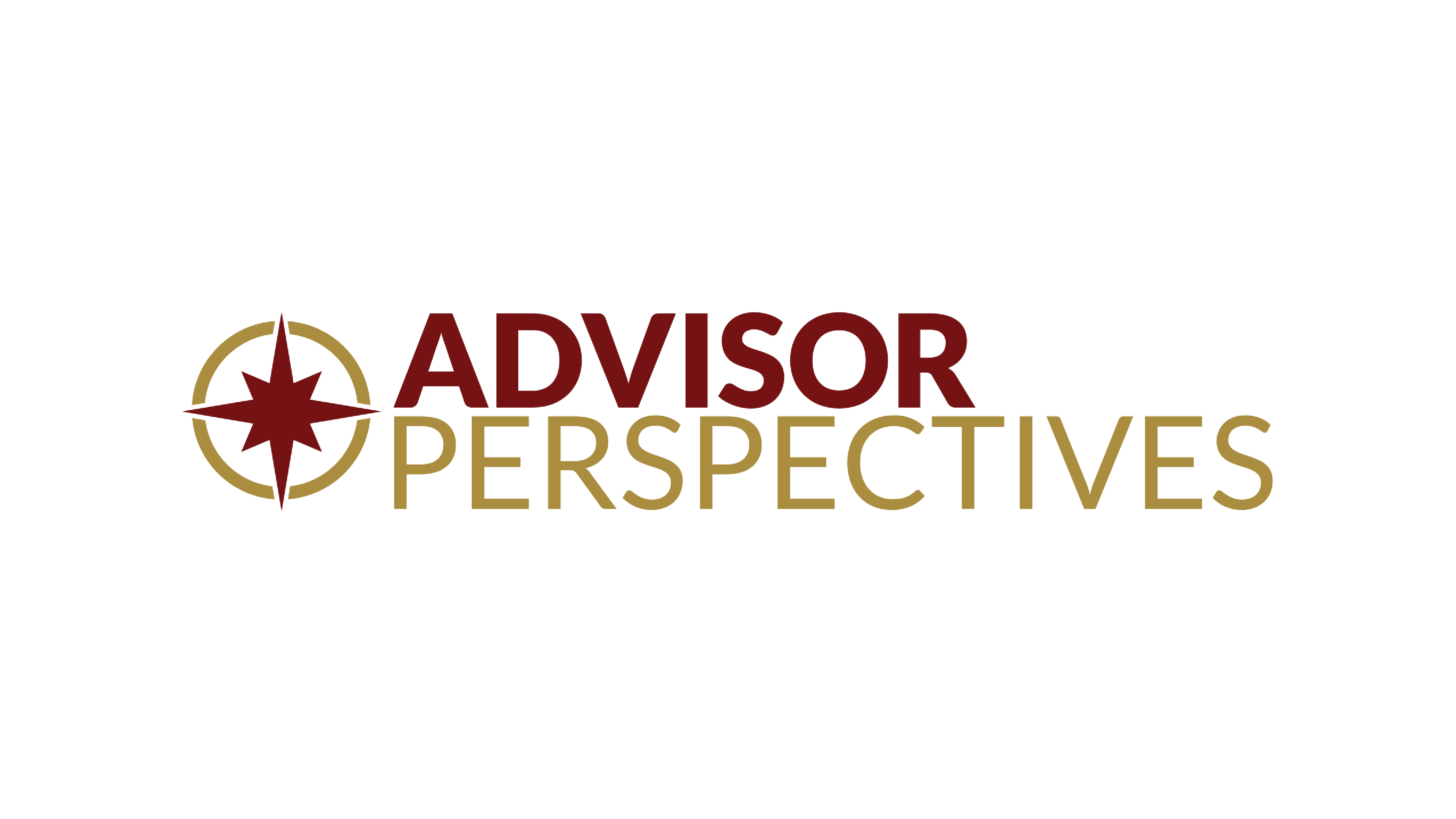RIAs regularly review their clients’ financial goals and portfolios. They should also service themselves with the same care and consistency with an internal review of their technology infrastructure and back office.
This analysis should cover the following core systems: custodian interface, performance reporting/portfolio accounting, CRM, financial planning, trading and rebalancing, and client portal. As part of this review, different team members with varying degrees of responsibilities and functions should answer the following questions:
- How often are you using each back office system?
- Are you using each system as originally designed/intended?
- Is the current technology user friendly and intuitive?
- Do the systems you use integrate in an efficient manner so that duplicative, manual data entry is kept to a minimum?
- How much time is spent correcting data that should have properly flowed between fully-integrated systems?
As RIAs ask themselves the above questions, they should also dig deeper into how they’re using each system and how the systems work together. This deeper analysis of the firm’s technology infrastructure will allow a better understanding of whether the broader team should be using each system differently, or whether new systems are required to continue gaining efficiencies through integrations and automated processes.
After all, an RIA’s technology suite is only as strong as its integration and the integrity of the data residing in each of the core systems.
This self-reflection is healthy for all RIAs and should happen at least once a year to maintain the most automated and efficient workflows within the business. RIAs typically need minor adjustments each year to maximize their systems’ capabilities, but once it’s time to more seriously dive into the function of each individual system and how they relate to the broader RIA ecosystem as a whole, it’s worthwhile to take the time to do it correctly.
This process of revamping a firm’s technology suite can often be intimidating and is usually avoided due to the fear triggered at the thought of spending money on new technology tools and/or making current workflows more complex. Many firms overlook the fact that the answer may be to remove some of the technology pieces they have put in place over the years, or to simplify the structure of how they are currently using their existing tools.
If a firm does need to update its technology, the goal should always be to alleviate advisors and employees of the time spent completing tasks that could be automated. The added cost of an updated system is easily paid for by the fact that the team is now able to service the existing client base on a deeper level as well as handle new client relationships they otherwise couldn’t have taken on with the legacy systems in place.
With an improved technology suite, an RIA can reduce the time and headache of redundancies in a broken infrastructure. By improving employees’ quality of work and freeing them up to provide a higher level of service, an RIA increases profit margins and the likelihood of receiving more referrals from happier clients. Most importantly, by having a fully integrated, robust infrastructure, an RIA is establishing their firm as a cross-functional organization capable of becoming a “professional buyer” and competing in the ultra-competitive M&A space.
Whether pursuing an organic or inorganic growth strategy, RIAs will need to leverage their technology infrastructure in order to serve more and more sophisticated clients in an efficient and profitable fashion.
This article appeared on Advisor Perspectives.

